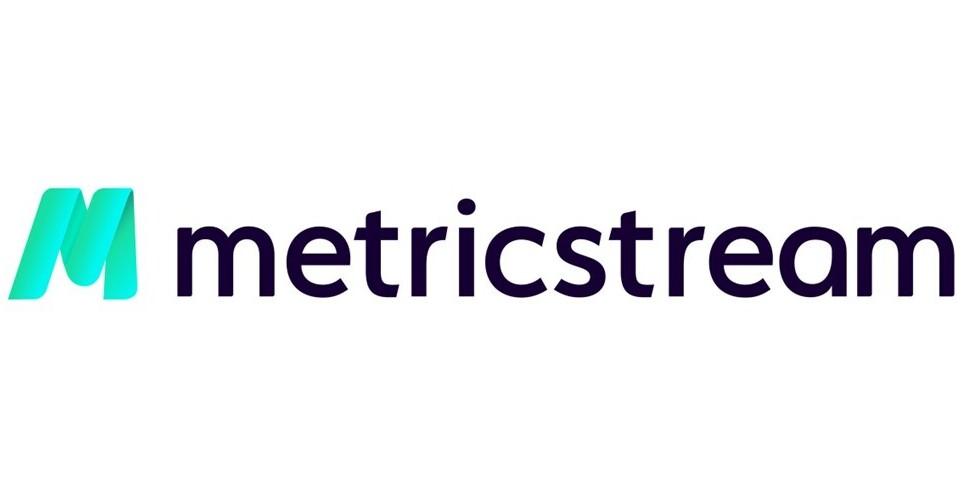 By Gaurav Kapoor, Vice Chairman and Co-Founder of MetricStream
By Gaurav Kapoor, Vice Chairman and Co-Founder of MetricStream
Imagine your business as a vessel charting its course through the dynamic waters of digital transformation. While artificial intelligence is often cast as the storm on the horizon—something to withstand or survive—it is, in truth, the current beneath the surface: swift, forceful, and inescapable. It’s a force accelerating innovation, redrawing organizational maps, and expanding the edge of what’s possible.
But like any current, it can carry an enterprise to new frontiers – or sweep it dangerously off course. Success lies not in resisting it but in mastering the art of navigation.
AI without clear intent, structure, and oversight is like setting sail without a compass or a capable crew. Risk leaders today are now standing at the helm, faced with a choice: Leave the journey to chance or chart a course with purpose? For those seeking direction, here’s how to lead with purpose and successfully manage enterprise risk in the AI era.
Why Risk Leaders Must Be Behind the Wheel
AI adoption is outpacing most governance frameworks, so while CIOs and data teams may lead implementation, risk leaders need to take the helm for the broader journey. The implications of AI reach far beyond IT, impacting operations, compliance, ethics and long-term resilience.
Just as risk management and cybersecurity became part of the strategic fabric of many organizations, AI is the latest essential thread that requires the same level of structured oversight, shared collaboration, and a mindset of continuous adaptation. This moment calls for risk leaders to move from the sidelines to the forefront as they not only manage risk but also unlock opportunities and enable innovation through intentional foresight and structured oversight.
 Mapping the Destination: Intent and Culture as Your Compass
Mapping the Destination: Intent and Culture as Your Compass
Before setting sail, every captain needs a charted destination. When it comes to AI, that starts by answering a fundamental question: What problem is this AI solving?
Whether it’s automating a task or enhancing decision-making, AI must be anchored to a clear and specific business outcome. Without that clear and measurable intent, AI becomes directionless. But that alone isn’t enough. The human element, your organization’s culture, is equally important. Culture, after all, is your crew and even the best technology falters if the people using it don’t trust it or understand it. Employees should be engaged early and often with transparency about the “why” behind the technology. Culture must evolve alongside capability. The workforce should be empowered, not replaced. Supported, not surprised. And informed at every step of the journey.
As always, data remains the wind in the sails that will propel your organization forward. Reliable, high quality data fuels transformation, but faulty or flawed information can spin you off course, slow your organization’s progress, or worse, expose your organization to even greater risk.
AI isn’t magic. It only works when the crew is properly trained, the sailing is clear, and the ship is well built. One misstep, or rushed adoption, and the journey doesn’t just stall, it could capsize.
We Have Our Destination: Now How to Get There
Once a course is set and alignment is clear, systems and structure must follow. That starts with a robust AI governance framework that continually and proactively scans for legal, ethical, operational, and reputational risks.
Establishing a cross-functional AI oversight group is a critical first step. Legal, compliance, tech, HR, and ethics leaders must work together to ensure consistent governance across the organization. Shared signals, transparent reporting, and collective accountability are central to resilient AI operations.
Just as important, business leaders must be able to keep up with evolving global regulations and understand the vulnerabilities and risks that come with emerging technologies. Start small with a single, well-defined use-case, such as continuous risk assessment or third-party risk management. Learn from it, measure outcomes, identify gaps, improve and then scale.
Each new use case should be treated with the same process as governance, as an ongoing practice: revisit the data, confirm business alignment, and reassess internal and external regulations. Above all, human oversight must remain constant. Even the most advanced AI can’t steer the ship alone. People must be behind the wheel, manning the rigging and course correcting in real time to ensure it stays the course as the waters shift.
Docking the Ship: Leading with Clarity, Courage, and Command
AI is no longer a futuristic idea; it’s today’s current that’s shaping organizations and the evolving business landscape. Organizations that treat it as a siloed project risk drifting into irrelevance and will struggle to remain competitive.
Organizations that integrate AI into their strategic core, supported by risk-aware leadership, will define the next chapter of business innovation.
Success won’t belong to those with the flashiest tools, but to those with the clearest purpose, strongest governance, and boldest leadership.
Risk leaders aren’t just there to warn of storms, they are essential to charting a course. At the helm they will steer the enterprise toward opportunity with clarity, courage, and command, all the while ensuring the ship doesn’t just survive the current, but harnesses it to reach the next horizon.
Gaurav Kapoor is Vice Chairman and Co-Founder of MetricStream, an AI-first governance, risk, and compliance (GRC) solutions company.
